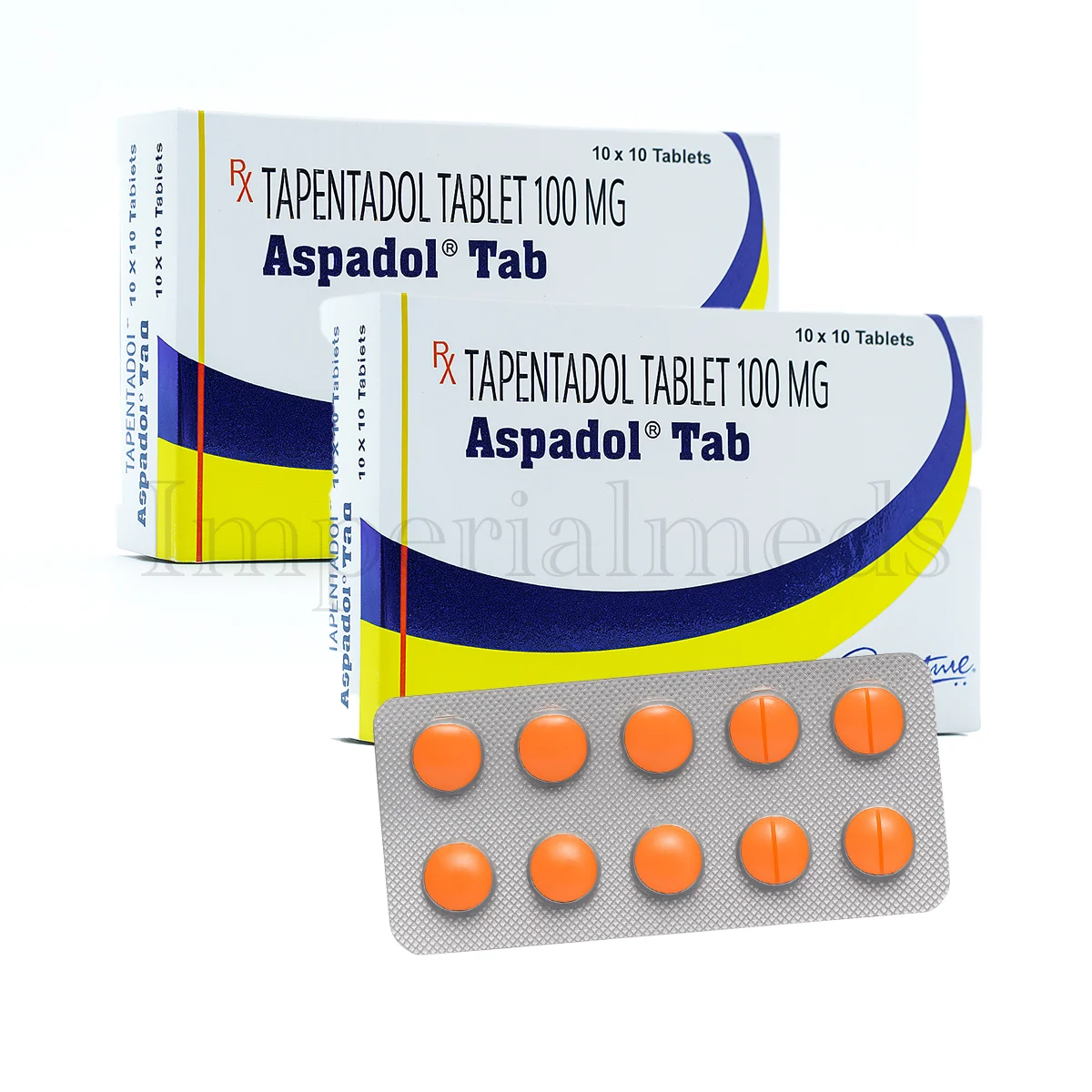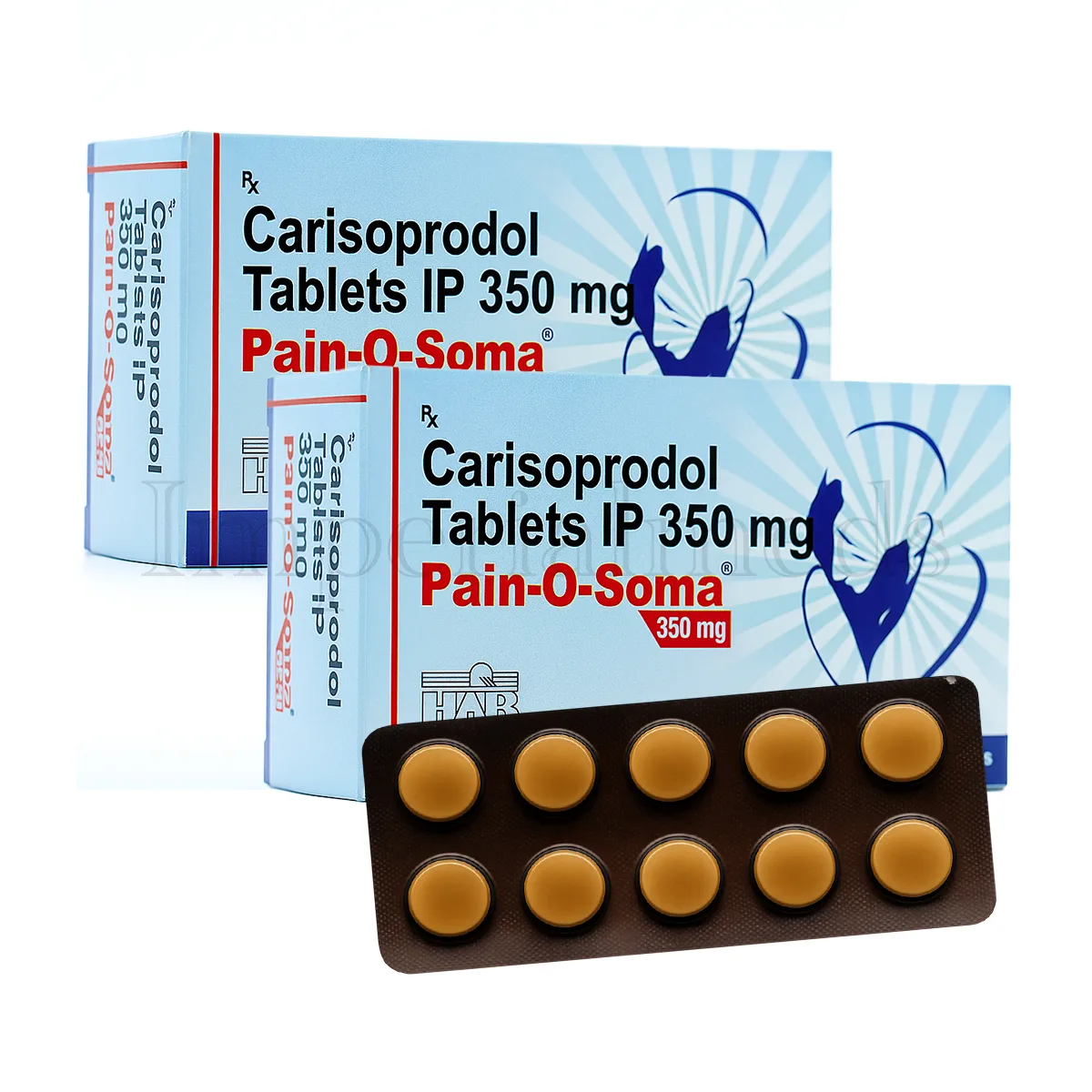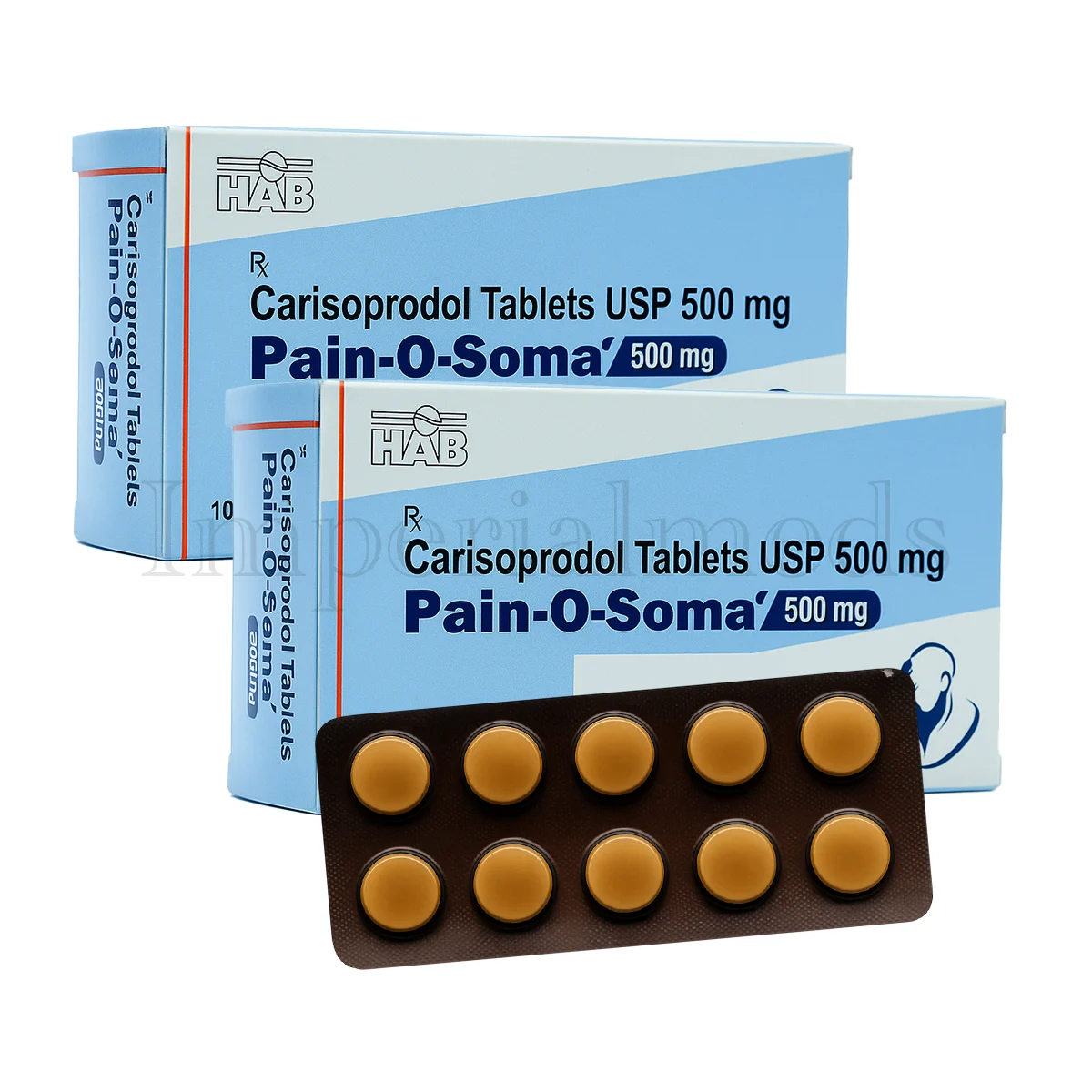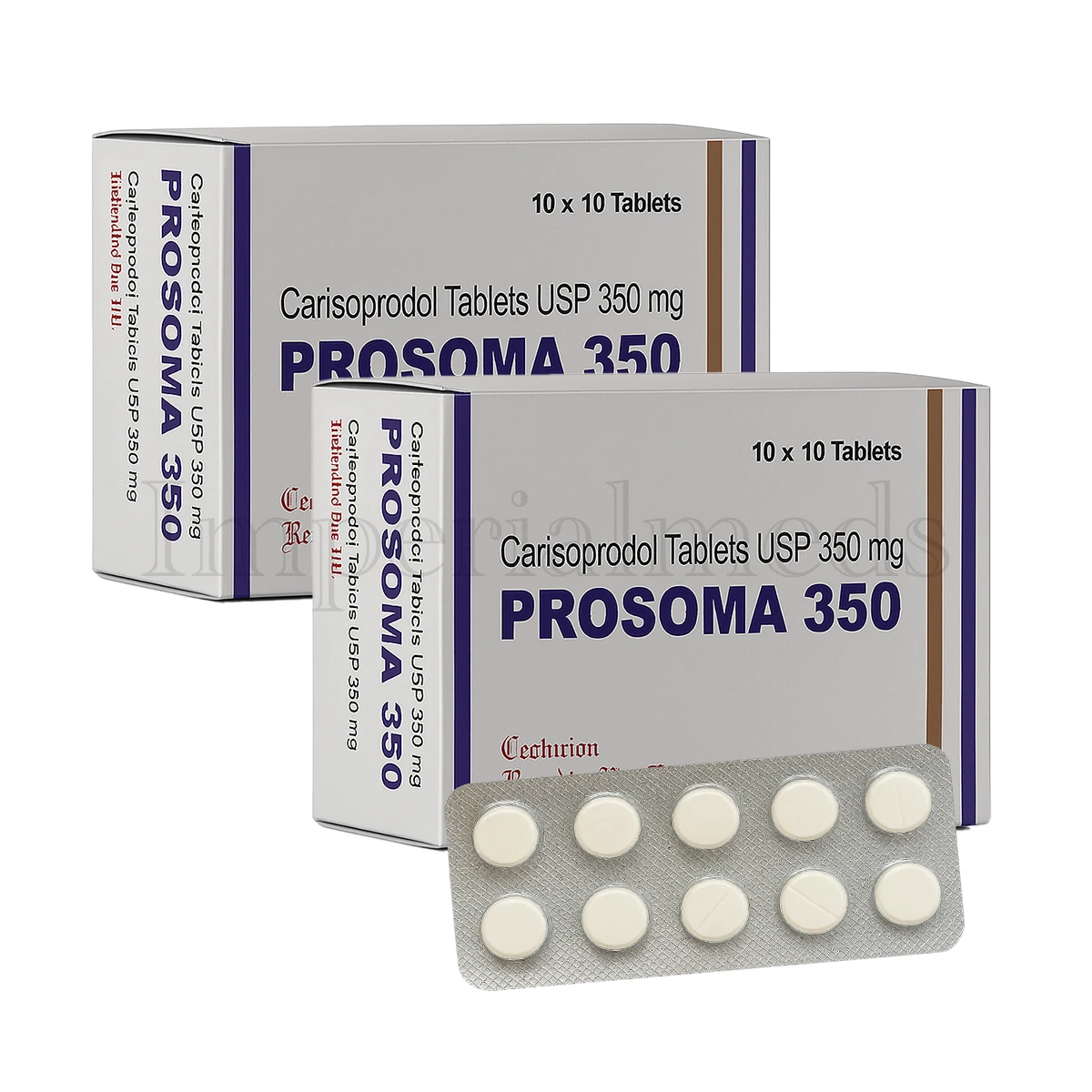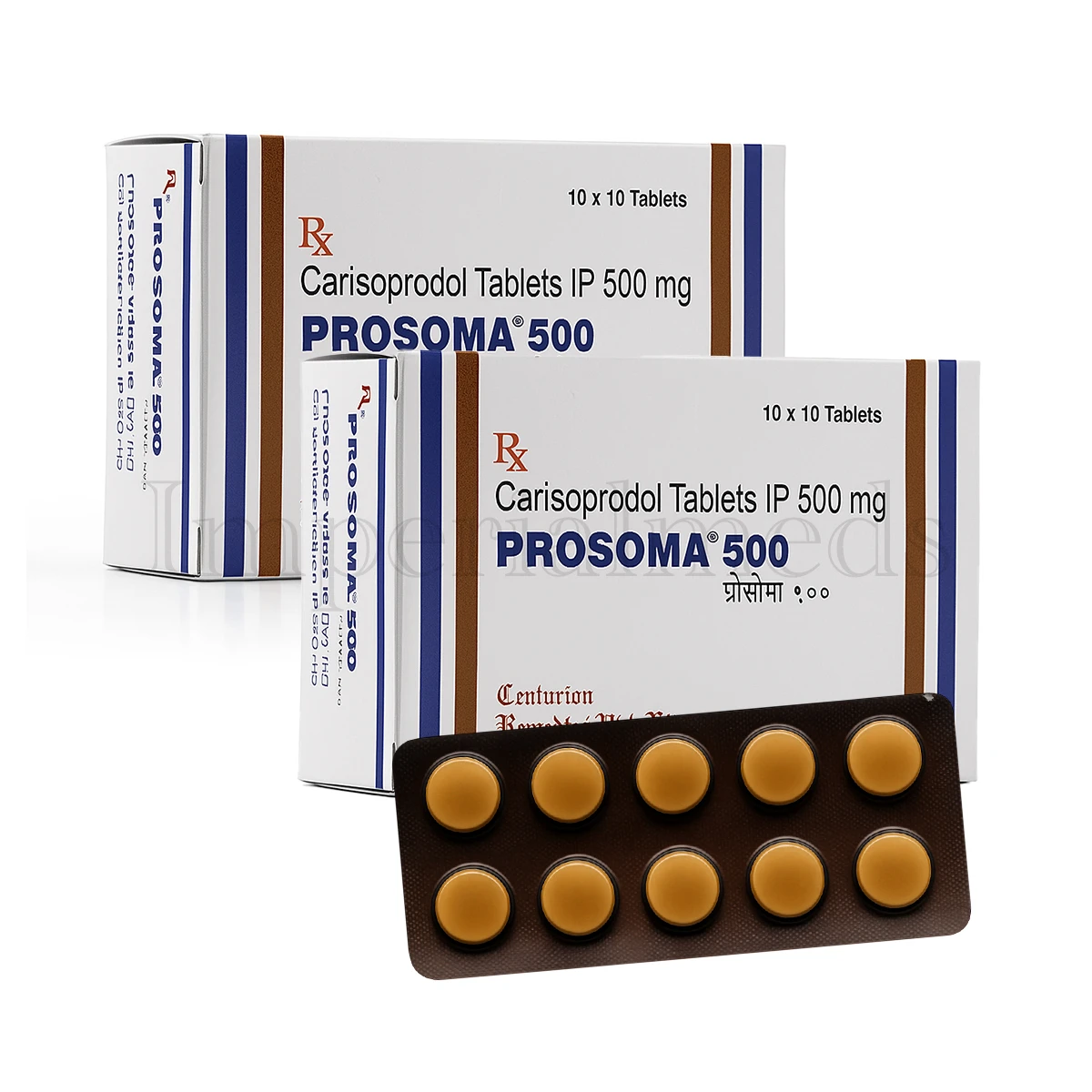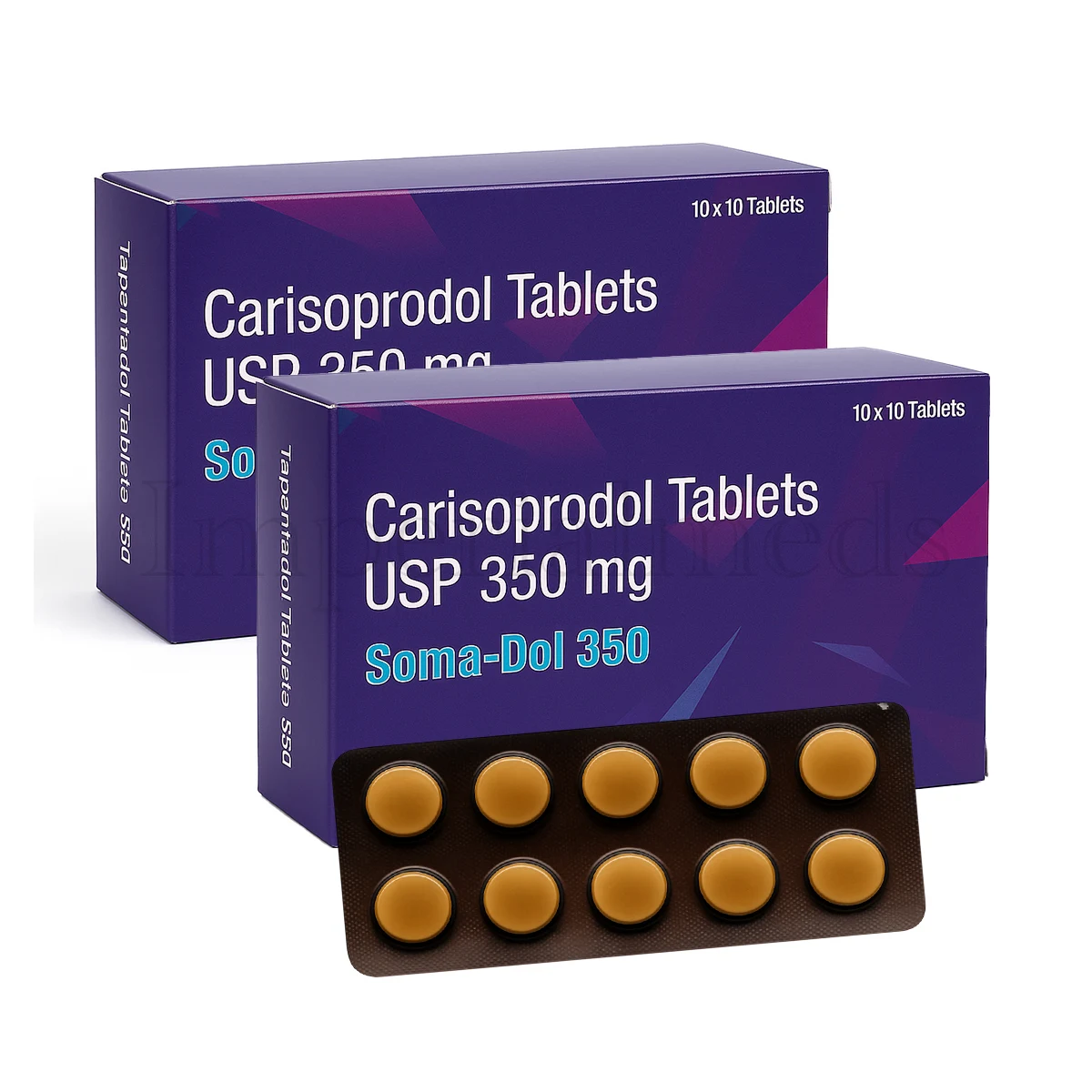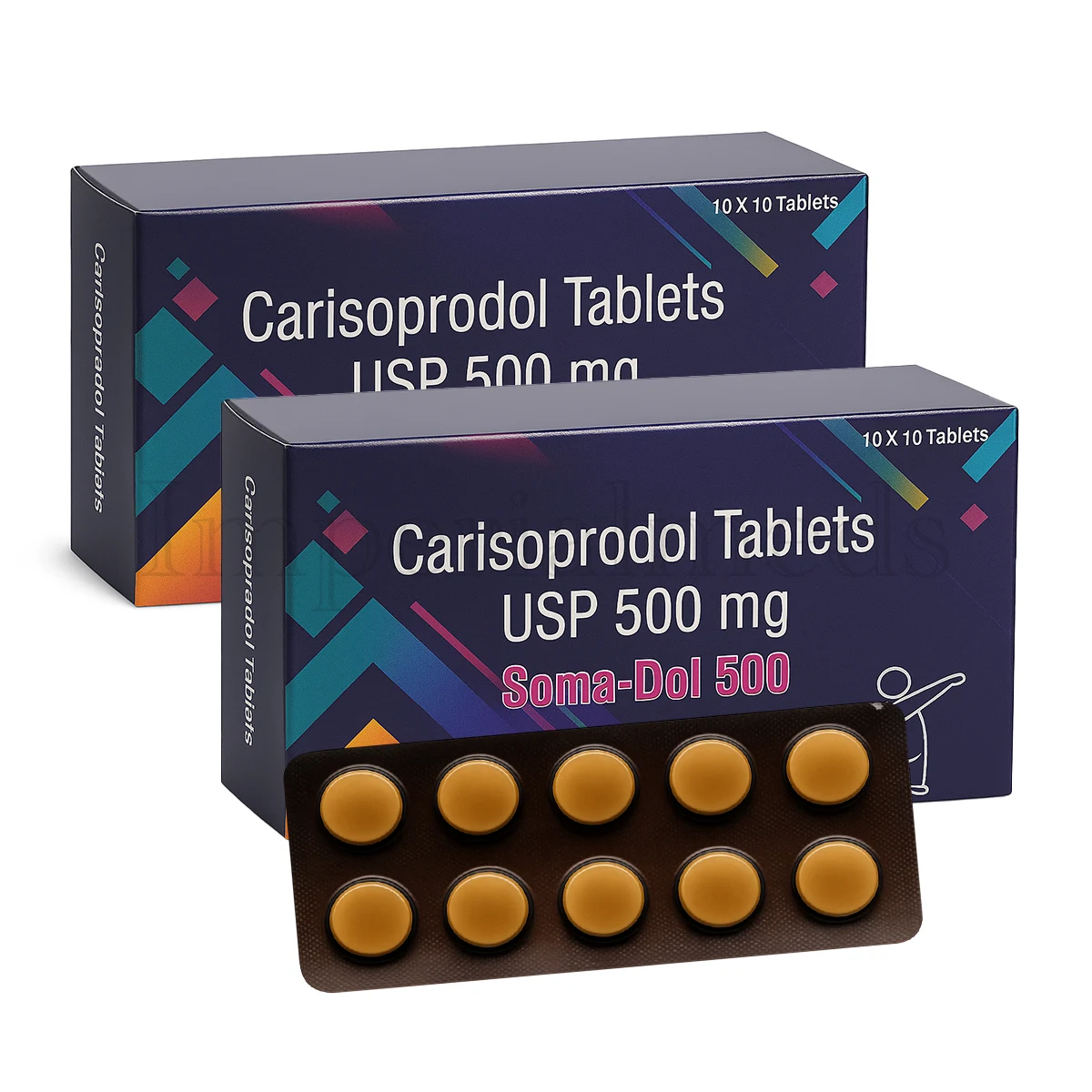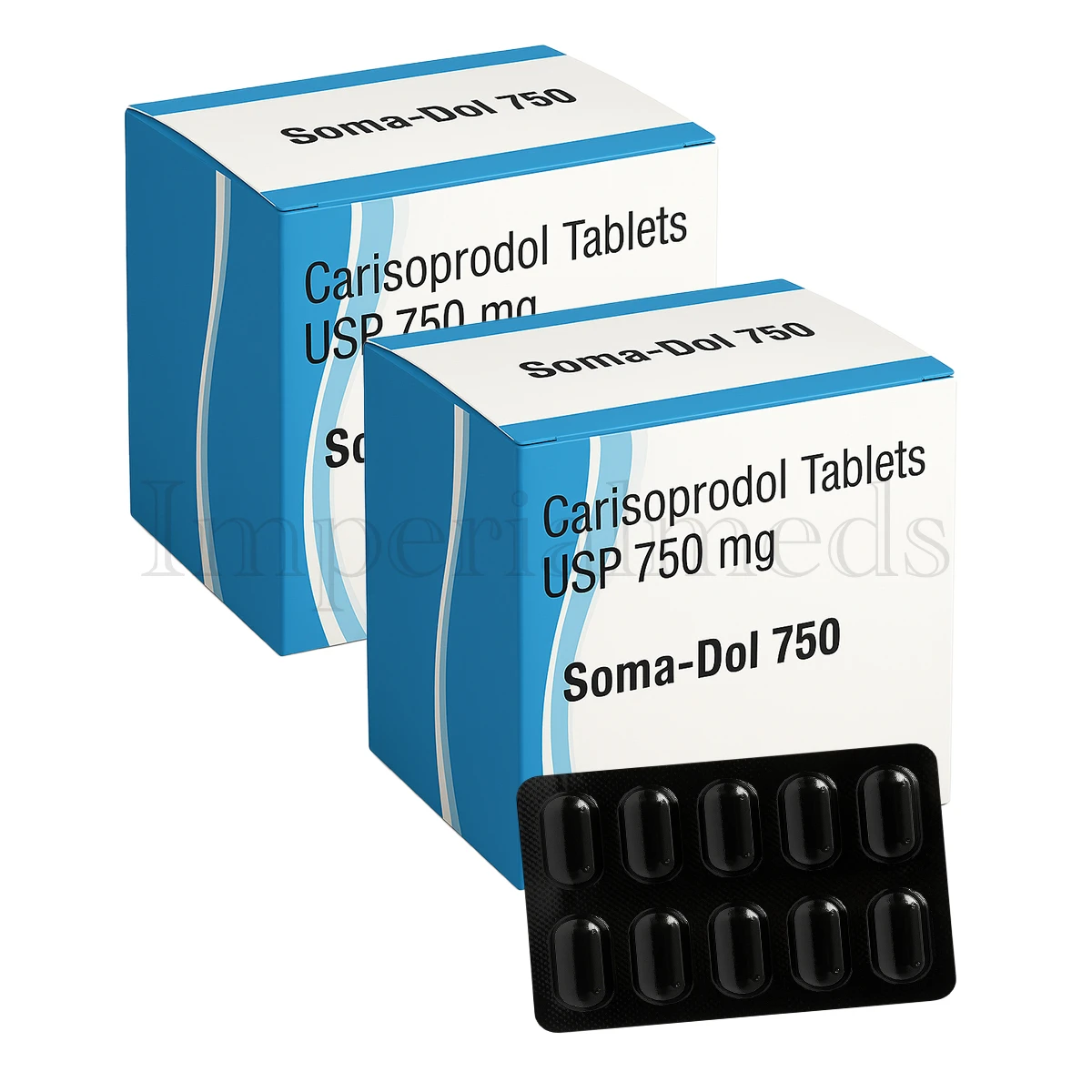Pain
What Is Pain?
Pain plays a crucial role as one of the most important and common sensations that primarily protects the body from possible dangers. Certain nerve receptors respond to injury, inflammation, or other factors, leading to pain. The nervous system sends the signals to the brain, and what one feels is pain.
Pain interferes with day to day activities and may make it hard to perform tasks and thus cause stress. But pain medicines help and make life better.
Types of pain
- Acute Pain: This pain is sudden and the nature of pain is sharp. It most often occurs due to some injury or an illness.
- Chronic Pain: Chronic pain, on the other hand, is for weeks or months. It doesn’t go away even after the initial injury has been cured. Some of which are arthritis, or lower back pain.
- Neuropathic Pain: Such a type of pain is neuropathic and results from nerve injury. This may result in the sensation of burning, tingling or stabbing pain. Others include diabetes that results in neuropathic pain.
- Nociceptive Pain: This is a form of pain which results from tissue injury. It encompasses the somatic pain which is pain from the skin, muscles or joints and visceral pain which is pain from internal organs. For example a sprained ankle is a type of nociceptive pain.
- Referred Pain: Referred pain is the pain that a person perceives at a site other than its origin. For instance, someone may feel chest pains associated with a heart attack in their left arm.
- Phantom Pain: This type develops after an amputation has been done. It includes pain in a limb which is not there anymore. The sensation can be very real and can be very distressing indeed.
Understanding Pain Medications
These are drugs that help in the control of both acute and chronic pain. These are available in the form of capsules, ointments, gels, creams and patches. Besides, different brands produce them.
What are the Uses of Pain Relievers?
The following are the uses of Pain medicines: Pain relief and Inflammation. For example –
- Because of an injury for instance a broken bone.
- For instance, for a short time pain like headache.
- In the case of menstrual cramps or muscle aches.
- More so, in cases of chronic pain like cancer pain, back pain or arthritis pain.
Categories of Pain Medications
Pain is not simple and that is why different drugs act on different pathways. Thus, two main types exist: the regular ones that people can buy without a prescription and the ones that one can obtain from a chemist only with a doctor’s prescription.
Prescription Pain Relievers
- Opioids are derived from the opium poppy plant which is a natural substance. They alter the pain messages in the brain and give a person some comfort.
- Corticosteroids can be taken in form of oral tablets. Therefore, they assist in the reducing of pain caused by arthritis and other ailments.
- Healthcare providers use muscle relaxants to relieve pain caused by muscle contractions by acting on the CNS.
- Some of the antidepressants such as tricyclics act on the pain pathways through the spinal cord. Hence, they assist in the management of pain.
- Anti-anxiety drugs relieve anxiety symptoms and also manage the pain that comes with the anxiety. They also help in combating anxiety, relieving muscle tension and helping in getting rid of discomfort.

